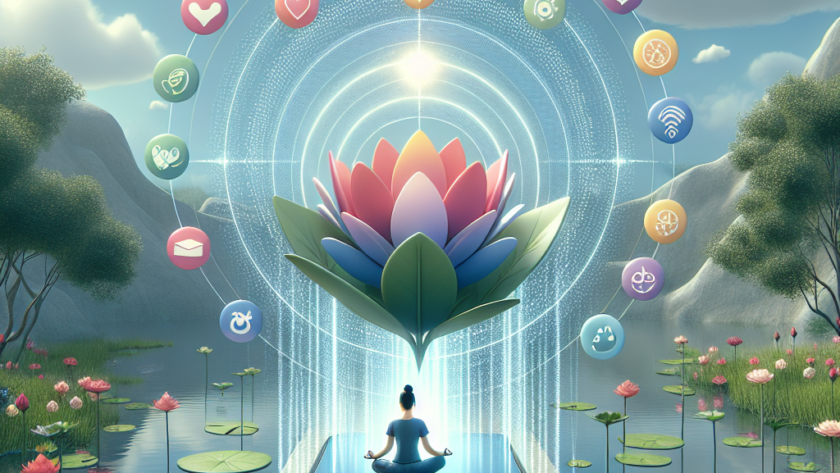Introduction
In today’s fast-paced world, stress and anxiety have become common problems that affect millions of people worldwide. Managing these issues is crucial for maintaining good mental health and overall well-being. One effective method to combat stress and anxiety is through mindfulness. In this article, we will explore various mindfulness apps and techniques that can help you achieve a calmer state of mind.
What is Mindfulness?
Mindfulness is the practice of being present in the moment and fully engaging with your surroundings. It involves paying attention to your thoughts, feelings, and sensations without judgment. This practice helps create a state of mental clarity and inner peace, making it easier to manage stress and anxiety.
Top Mindfulness Apps
1. Headspace
Headspace is one of the most popular mindfulness apps available today. It offers guided meditations, sleep aids, and mindfulness exercises tailored to your needs. With its user-friendly interface, Headspace helps you integrate mindfulness into your daily routine.
2. Calm
Calm is another highly recommended mindfulness app that provides a wide range of features, including guided meditations, breathing exercises, and sleep stories. Its soothing nature sounds and visually appealing interface make it a go-to choice for many users.
3. Insight Timer
Insight Timer offers a vast library of free guided meditations led by experienced teachers from around the world. The app also includes customizable meditation timers and community features, allowing you to connect with other mindfulness practitioners.
Effective Mindfulness Techniques
1. Breathing Exercises
One of the simplest and most effective mindfulness techniques is focused breathing. By paying attention to your breath, you can calm your mind and reduce anxiety. Try practicing deep breathing exercises, such as inhaling deeply through your nose and exhaling slowly through your mouth.
2. Body Scan Meditation
Body scan meditation involves paying attention to different parts of your body, starting from your toes and moving up to your head. This technique helps you become more aware of bodily sensations and release physical tension.
3. Guided Imagery
Guided imagery involves visualizing peaceful and calming scenes to reduce stress and anxiety. Find a quiet place, close your eyes, and imagine a serene environment such as a beach or a forest. This practice can help shift your focus away from stressors.
Incorporating Mindfulness into Daily Life
- Start Small: Begin with short mindfulness sessions and gradually increase the duration as you become more comfortable.
- Consistency is Key: Make mindfulness a daily habit for the best results. Set aside a specific time each day for your practice.
- Stay Patient: Mindfulness is a skill that takes time to develop. Be patient with yourself and acknowledge your progress.
Conclusion
Managing stress and anxiety through mindfulness apps and techniques can significantly improve your mental health and overall quality of life. By incorporating these tools into your daily routine, you can create a sense of inner peace and resilience, better equipped to handle life’s challenges.

